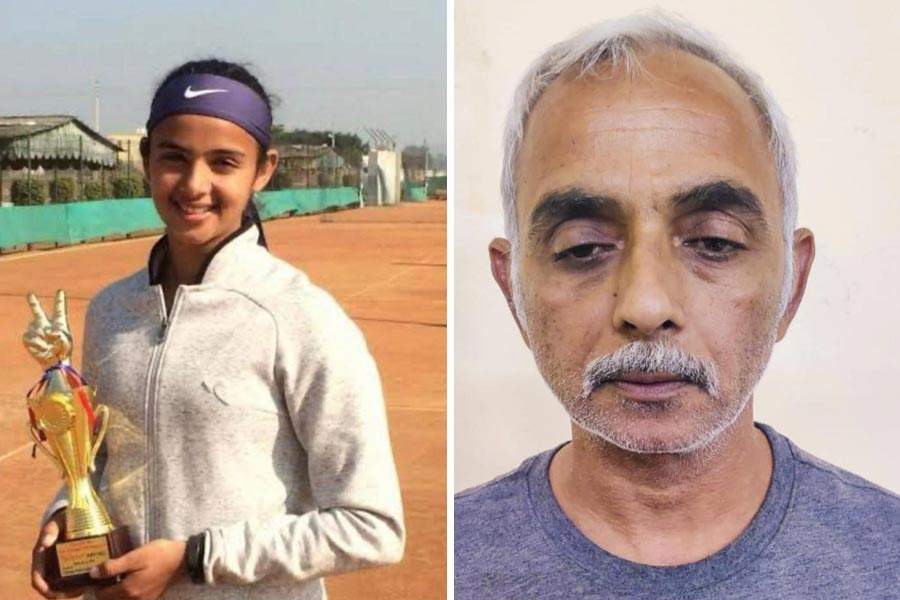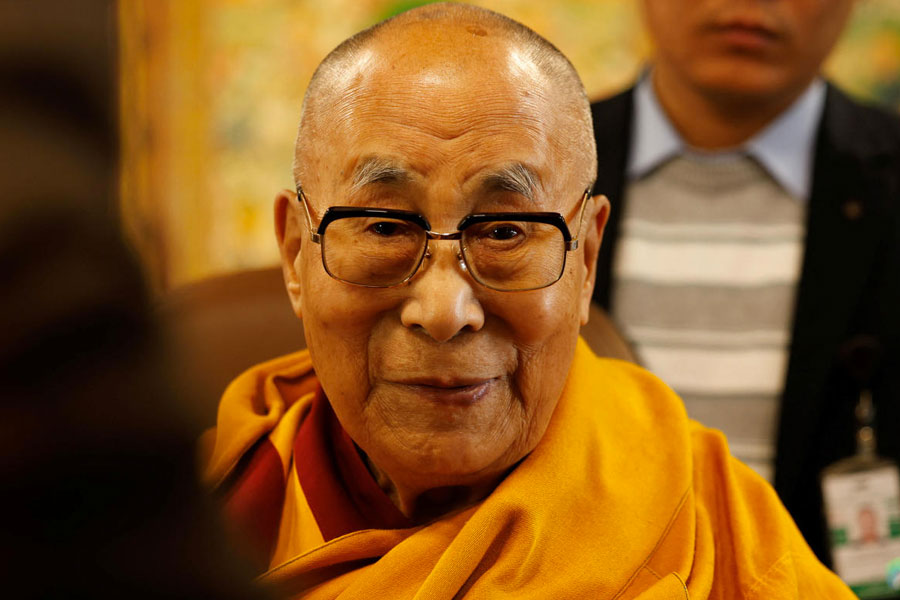 |
| Turning back the clock |
Ranchi, Feb. 19: For the first time since the creation of Jharkhand, the state archaeology department today began primary investigations at Khukra village under Bero Block in Ranchi district for clues about the Nag Dynasty that had ruled over parts of Chhotanagpur plateau in 2nd century A.D.
The investigations were also part of the state archaeology department’s efforts to trace the historical lineage of the tribals of Chhotanagpur plateau.
The state archaeology department has reasons to suspect that the lineage of the tribals dates back to prehistoric ages, about 10,000 years before Christ, said officials.
Bordering the Lohardaga district at 48 km from Ranchi, the Khukra village, located atop the hillocks of the Chhotanagpur plateau, was visited by a three-member team, headed by deputy director of state archaeology department, Harendra Prasad Sinha.
In the midst of a farm, the team found a two-foot high stone relic, on which two small human statues were carved.
The two etches are hazy today, after exposure to continuous erosion by winds and rain over the years.
On another hillock, the team inspected a tower, assumed to be a watch tower by the rulers of the Nag Dynasty, to keep a tab on the movements of people and enemy down below.
An ancient temple at the site and a carved hand sketch was also examined at the site in Khukra village today.
Detailed still and video footage of all relics inspected was taken by the deputy director for further examination.
Sinha told The Telegraph that during the days of unified Bihar excavations were undertaken on a large scale.
This had led to the discovery of Nalanda and other relics, he said.
But for the first time serious exploration and excavation work had been started to trace the history of the people of Chhota- nagpur plateau, Sinha said.
“Surveys have been conducted throughout Ranchi district at Mandar where temple structures dating back to the 14 and 15 centuries have been identified. At Khunti, cave paintings, supposed to be the artwork of the ancient man, have been discovered. A more detailed exploration needs to be conducted at Khunti to determine the exact history and age of the paintings. Our rough estimate says that the pre- historic man had once lived in this region, that could date back to some 10,000 years before the birth of Christ,” Sinha said.
Referring to today’s random survey, the deputy director pointed out that this was their first visit to the site.
He added that more visits have been planned in other neighbouring areas.
“However, we would require more evidence before we begin detailed exploration and excavation,” the deputy director said.
Meanwhile, exploration work is also on at five blocks in Dumka district.
Work on eight other sites is to be taken up at Dumka, where relics of medieval ages of the Maurya and Gupta dynasties have been located, he told The Telegraph.
The deputy director also added that detailed ex- cavation work has also been scheduled at Ghorsimri village in Koderma district, about 90 km from the district headquarters.










